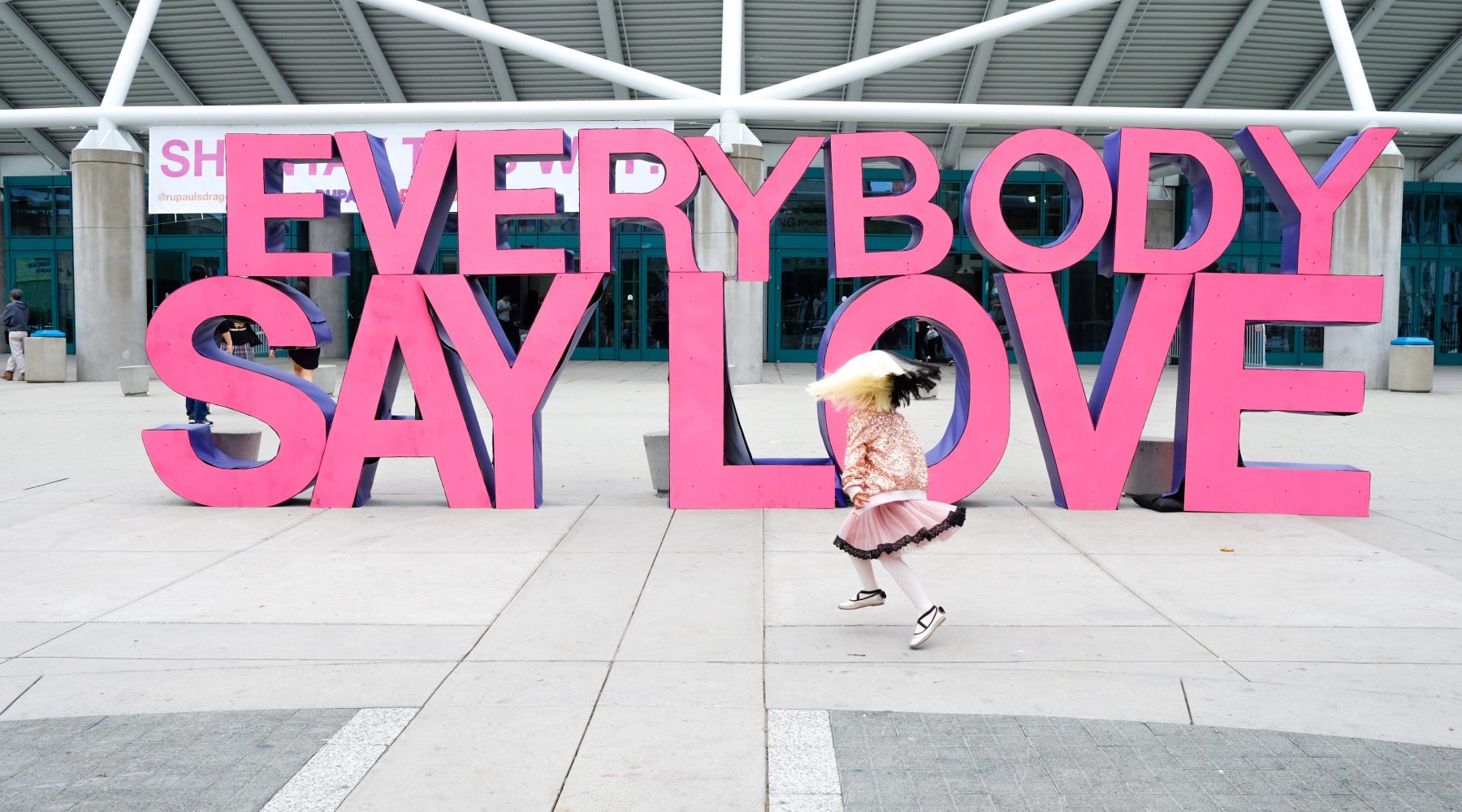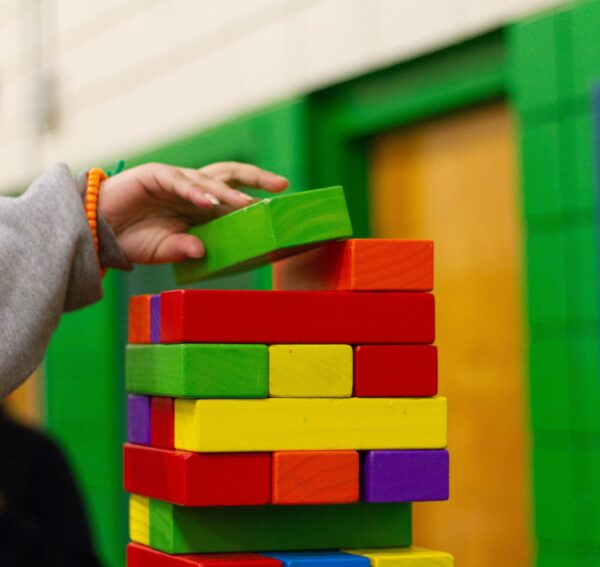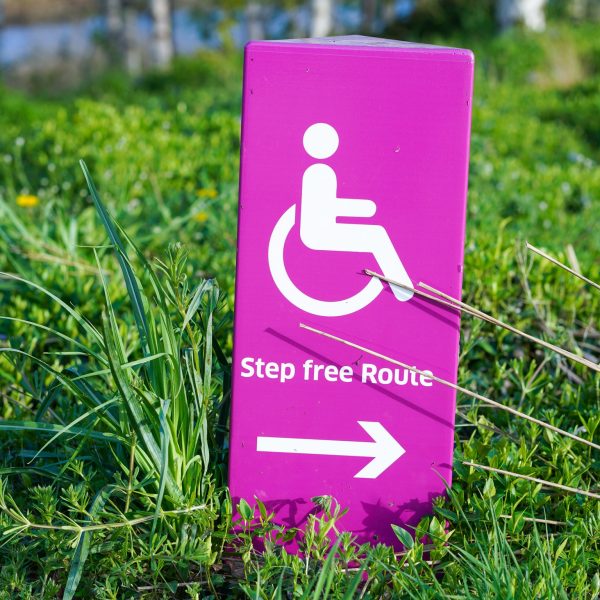Inclusive playground design to be a focus in South Australia

The South Australian Government has formed a new working group, charged with developing guidelines for those creating play spaces for children with additional needs.
The Inclusive Play Working Group will develop guidelines, which will be issued to local councils and other agencies, including early childhood education and care (ECEC) services, to use when designing and building play spaces which are accessible to children with additional needs.
South Australian Minister for Human Services Michelle Lensink has said the intention behind the guidelines is to remove barriers to access, increase inclusion, and provide greater outcomes for children and families living with additional needs.
There are currently no guidelines in South Australia to support the creation of inclusive play spaces. Similar guidelines to those under development exist in New South Wales, Victoria, Queensland, and nationally.
The working group will be established with “relevant stakeholders”, Ms Lensink said, including those with expertise in disability, children, built environments, sport and recreation, and will consider the limitations and barriers children with additional needs may encounter when participating in play spaces, and how to increase access and minimise barriers to inclusion.
The working group announcement forms part of an initiative by the City of Adelaide to build an inclusive play space in the central business district of Adelaide in honour of disability advocate and prominent South Australian, Quentin Kenihan, who recently passed away.
Ms Lensink said she was particularly passionate about the formation of the working group because she recognised the value of outdoor play in “giving children the opportunity to engage with others, explore and have fun” affirming that this was the right of every child, regardless of their level of need.
“Many children with disability and their families and carers, face barriers to participating in public play spaces. Inclusive playgrounds build stronger communities through increased awareness and acceptance of diversity,” Ms Lensink said.
The inclusive play spaces produced as outcomes of the guidelines would be those which are specifically designed to be used by those with a wide range of additional needs, which may include mobility, vision and hearing impairment and autism.
The guidelines are intended to include the following key points:
– Achievable solutions and improvements to make play spaces suitable and welcoming for children with additional needs
– Risks and dangers to be avoided
– Guidance on developing inclusive play spaces.
Working group member and CEO of Inclusive Sport SA, John Cranwell, said he was thrilled to contribute his expertise to the working group, saying that building more inclusive spaces would bring about true inclusion, with all children, regardless of need, having the opportunity to play together.
“Inclusive design is not about play spaces being solely for people living with a disability, but rather using creativity to design a space that all of the community can use together,” Mr Cranwell said.
The first meeting of the working group is scheduled to take place in February 2019, with the guidelines intended to be finished later in the year.
For further information about inclusive design principles, visit Australian charity organisation Touched By Olivia.
Popular

Workforce
Quality
Research
When did it start to go wrong?
2025-12-18 08:00:46
by Fiona Alston

Policy
Economics
Jobs News
Provider
Workforce
Children’s Services Award changes finalised to address gender-based undervaluation
2025-12-12 06:58:10
by Fiona Alston

Economics
Provider
Quality
Jobs News
Policy
Practice
Workforce
The year in review: 2025's most impactful ECEC news stories and shifts
2025-12-16 07:32:18
by Fiona Alston















